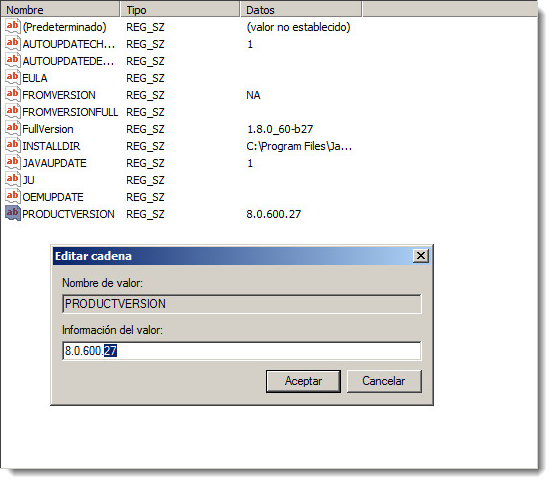

to the desired directory – this is useful when Cytoscape is To change the user homeĭirectory from the default, one can set the Java environment variable The u/ directory signifies the user’s home directory, which variesįrom user to user and from platform to platform. Various libraries needed to run the application. The core CytoscapeĪpplication assumes this directory structure when looking for the For Cytoscape to work properly, all files shouldīe left in the directory in which they were unpacked. The p/ directory signifies the program directory, which varies from

U/CytoscapeConfiguration/cytoscape3.props Preset networks as described in the embedded README.txt fileĬytoscape properties and program cache files More automation flexibility is available using other settings and pre-programmed response files, as described in Appendix A of the Install4j manual ().Ĭytoscape installations (regardless of platform) contain theįollowing files and directories: Cytoscape files and directories Directory / FileĬytoscape program files, startup scripts, and default location for session files With a “-q” parameter, the installation package will automatically choose all default settings. For this to succeed, your execution environment must already have sufficient privileges to install software (e.g., for Windows: administrator priveleges).

The installation process can be automated and made silent by executing the installation package with the “-q” command parameter (e.g., “Cytoscape_3_8_0-RC1_windows_64bit.exe -q”) from a command line or script. This will bring up a wizard that will lead you through the process, presenting choices for the installation directory, license agreement, file associations and privacy settings. The easiest and most common way to install Cytoscape is by executing an automatic installation package downloaded from the Cytoscape web site.


 0 kommentar(er)
0 kommentar(er)
